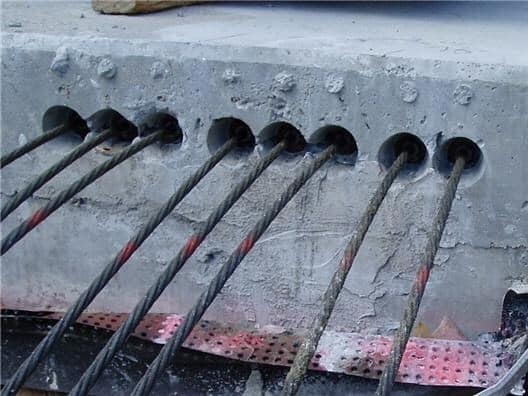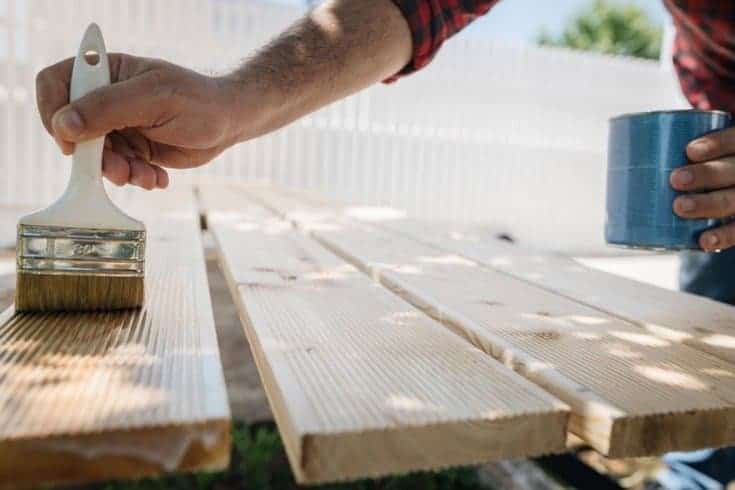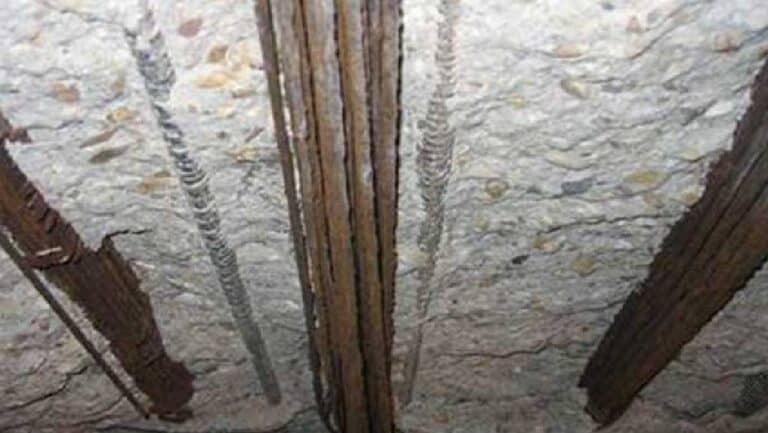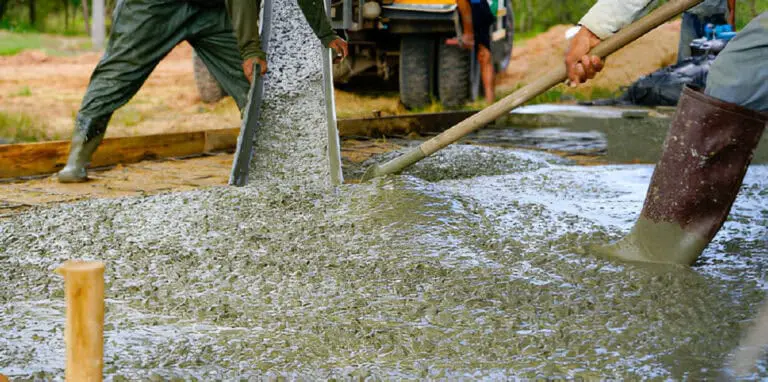How To Find Post Tension Cables in Concrete? A Step-by-Step Guide
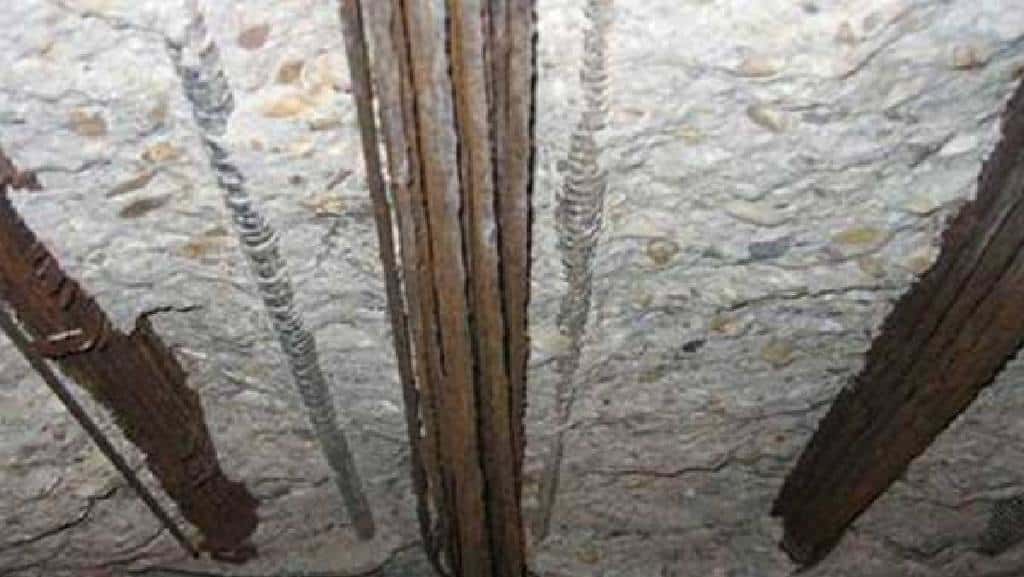
Concrete structures play a vital role in our modern world, providing strength, stability, and durability to various buildings and infrastructure projects. One important component often used in concrete construction is post-tension cables.
Post-tension cables are high-strength steel cables that are tensioned after the concrete has been poured, adding additional strength to the structure. While these cables offer numerous benefits, such as reducing cracking and increasing load capacity, it is crucial to know how to locate them when conducting renovations, repairs, or inspections.
In this article, we will explore several methods for finding post-tension cables in concrete, ensuring the safety and integrity of the structure.
Overview of Post Tension Cables in Concrete
Post tension cables are high-strength steel strands or tendons that are embedded within concrete to enhance its load-bearing capacity. These cables are typically tensioned after the concrete has hardened, exerting compression forces to counteract the tensile stress that the concrete may experience. Locating post tension cables accurately is crucial to prevent accidental damage, maintain structural integrity, and ensure the safety of workers and occupants.
Understanding the Importance of Locating Post Tension Cables
Before we delve into the step-by-step process, let’s highlight the significance of locating post tension cables. Failure to identify these cables accurately can lead to severe consequences, including structural damage, compromised stability, and potential injury or loss of life. By employing proper cable detection techniques, you can avoid costly mistakes, minimize project delays, and ensure a safe working environment.
Preparing for the Cable Location Process
Before initiating the cable location process, it’s essential to gather the necessary tools and equipment. Here’s a list of items you may need:
- Safety gear (hard hat, gloves, safety glasses, etc.)
- Tape measure
- Chalk or marking crayons
- Non-destructive testing (NDT) equipment
- Ground Penetrating Radar (GPR) device
- Magnetic locators
- Concrete scanning and imaging tools
Now that you’re prepared, let’s move on to the step-by-step guide.
Step 1: Conducting a Visual Inspection
Begin by visually inspecting the concrete surface to identify any visible signs of post tension cables. Look for patterns, marks, or depressions that indicate the presence of these cables. Pay close attention to construction drawings or as-built plans, as they can provide valuable insights into the cable layout.
Step 2: Utilizing Non-Destructive Testing Methods
Non-destructive testing (NDT) techniques are an effective way to detect post tension cables without causing damage. Some common NDT methods include:
- Ultrasonic Testing (UT): This method utilizes high-frequency sound waves to detect cable locations. Ultrasonic waves can penetrate concrete and provide accurate information about cable depth and position.
- Impact Echo Testing: By analyzing the acoustic response generated from impacting the concrete surface, impact echo testing can help identify the presence and location of post tension cables.
- Electromagnetic Methods: Electromagnetic devices can detect the electromagnetic fields generated by the post tension cables, allowing for precise cable location.
Step 3: Implementing Ground Penetrating Radar (GPR)
Ground Penetrating Radar (GPR) is a widely used technique for locating post tension cables. It involves transmitting electromagnetic waves into the concrete and analyzing the reflected signals to identify cable positions and depths. GPR provides real-time data and can detect cables buried at various depths, making it a valuable tool in the cable location process.
Step 4: Using Magnetic Methods for Cable Detection
Magnetic locators can be employed to detect post tension cables that contain ferrous materials. These devices are sensitive to the magnetic fields created by the cables, allowing for quick and accurate detection. Magnetic methods are particularly useful when dealing with cables that are closer to the concrete surface.
Step 5: Performing Concrete Scanning and Imaging
Concrete scanning and imaging tools utilize advanced technologies such as X-ray or radio waves to generate detailed images of the internal structure of the concrete. These tools provide a clear visualization of post tension cables, rebar, and other embedded elements. By interpreting the images, you can precisely locate the position, depth, and orientation of the cables within the concrete.
Step 6: Interpreting the Results and Mapping Cable Locations
Once you have collected data from the various detection methods, it’s crucial to analyze and interpret the results accurately. By combining the information obtained from visual inspections, NDT techniques, GPR, magnetic locators, and concrete scanning, you can create a comprehensive map of the post tension cable locations. Mark the cable positions on the concrete surface using chalk or marking crayons for clear identification during the construction or renovation process.
Step 7: Ensuring Safety Measures during Cable Location
Throughout the cable location process, it is essential to prioritize safety. Adhere to the following safety measures:
- Always wear appropriate personal protective equipment (PPE) such as hard hats, gloves, and safety glasses.
- Follow proper procedures for handling NDT equipment and other detection tools.
- Avoid working alone in case of any accidents or emergencies.
- Communicate with other team members involved in the project to maintain a safe working environment.
Common Challenges and Solutions in Finding Post Tension Cables
While locating post tension cables, you may encounter challenges such as congested cable layouts, limited access, or concrete cover variations. To overcome these challenges:
- Consult with structural engineers or experts familiar with the specific project to gain insights into cable layouts and potential obstacles.
- Utilize multiple detection methods and tools to increase accuracy and reliability.
- Employ experienced technicians or professionals trained in cable detection techniques.
- Regularly calibrate and maintain detection equipment to ensure optimal performance.
Best Practices for Efficient and Accurate Cable Detection
To optimize the cable detection process, consider the following best practices:
- Familiarize yourself with the specific characteristics of post tension cables and their typical placement within concrete structures.
- Stay updated with the latest advancements in cable detection technologies and techniques.
- Conduct regular training and workshops for technicians to enhance their skills and proficiency in cable location.
- Maintain detailed records of cable locations for future reference or modifications.
Future Developments in Post Tension Cable Detection Technology
The field of post tension cable detection continues to evolve, with ongoing research and technological advancements. Some promising developments include:
- Integration of artificial intelligence (AI) and machine learning algorithms to enhance data interpretation and automate cable detection processes.
- Miniaturization of detection equipment, allowing for easier access to confined spaces and improved portability.
- Development of wireless and remote sensing technologies to increase efficiency and reduce the need for physical contact with the concrete.
Conclusion
Accurately locating post tension cables in concrete is a critical task to ensure the structural integrity and safety of construction and renovation projects. By following the step-by-step guide outlined in this article, utilizing a combination of detection methods, and prioritizing safety, you can effectively identify the position, depth and orientation of post tension cables within concrete. Remember to stay updated with the latest technologies and best practices in cable detection to optimize your results.
FAQs
Can post tension cables be located without damaging the concrete?
Yes, post tension cables can be located without causing damage to the concrete. Various non-destructive testing (NDT) methods such as ground penetrating radar (GPR), ultrasonic testing (UT), and concrete scanning and imaging can accurately detect the presence and location of post tension cables without the need for drilling or cutting into the concrete. These methods allow for safe and non-invasive cable detection.
How deep are post tension cables typically embedded in concrete?
The depth at which post tension cables are embedded in concrete can vary depending on the specific structure and design. Generally, post tension cables are placed at a depth of 1.5 to 2 inches (3.8 to 5.1 cm) below the concrete surface. However, in some cases, they can be located at greater depths, especially in larger or more complex structures. It’s important to consult construction plans or work with professionals to determine the expected depth of post tension cables for a particular project.
Do I need professional assistance to find post tension cables in concrete?
While it’s possible to conduct basic visual inspections and utilize certain detection tools yourself, it is highly recommended to seek professional assistance when locating post tension cables in concrete. Professionals with expertise in cable detection techniques and specialized equipment can ensure accurate results and minimize the risk of errors or accidental damage. They have the knowledge and experience to interpret data from various detection methods and can provide valuable insights and guidance throughout the process.
What are the potential consequences of accidentally damaging post tension cables during construction or renovation work?
Accidentally damaging post tension cables can have severe consequences. These cables play a critical role in the structural integrity of concrete structures, and damaging them can compromise the strength and stability of the entire construction. The potential consequences may include structural failures, collapses, or compromised load-bearing capacity, posing risks to the safety of workers and occupants. In addition, repairing or replacing damaged post tension cables can be extremely costly and time-consuming. It is vital to exercise caution and employ proper cable detection techniques to avoid such damages.

